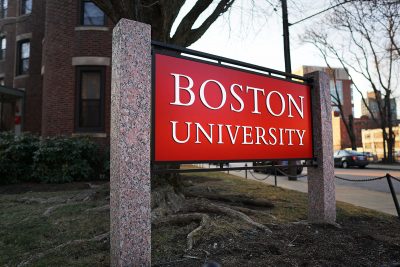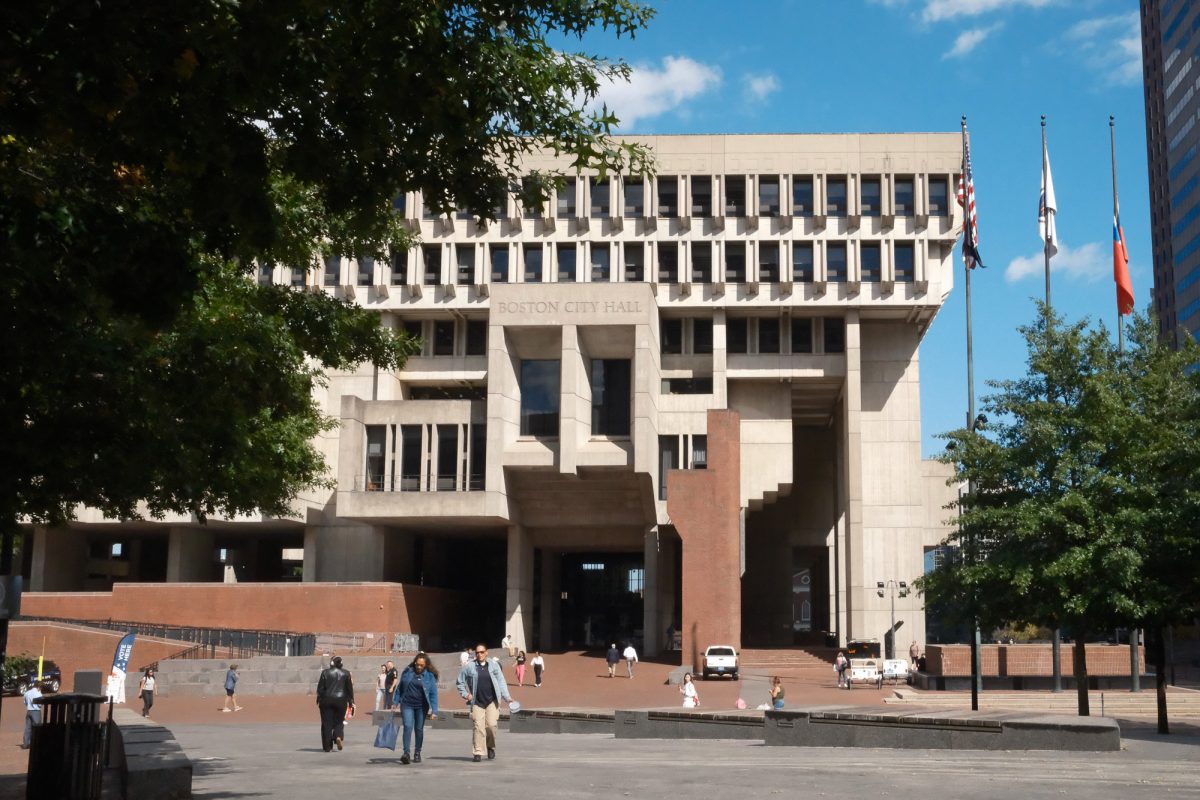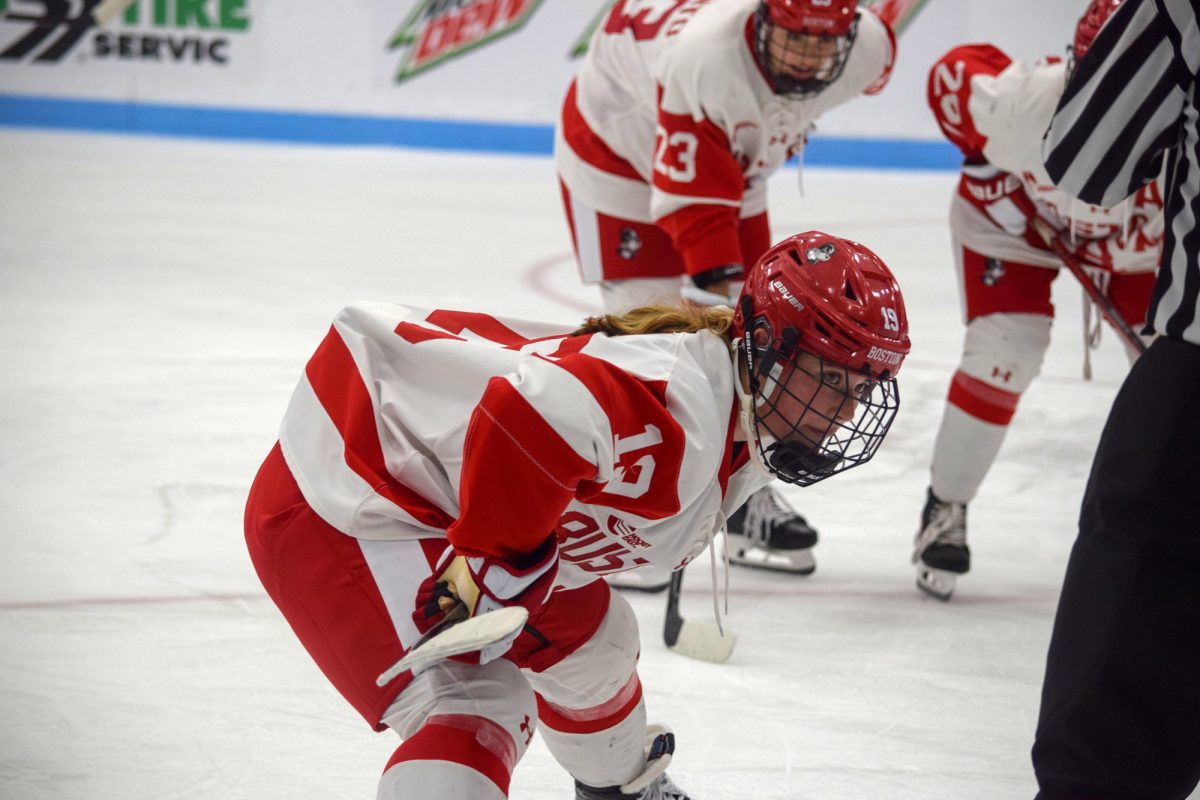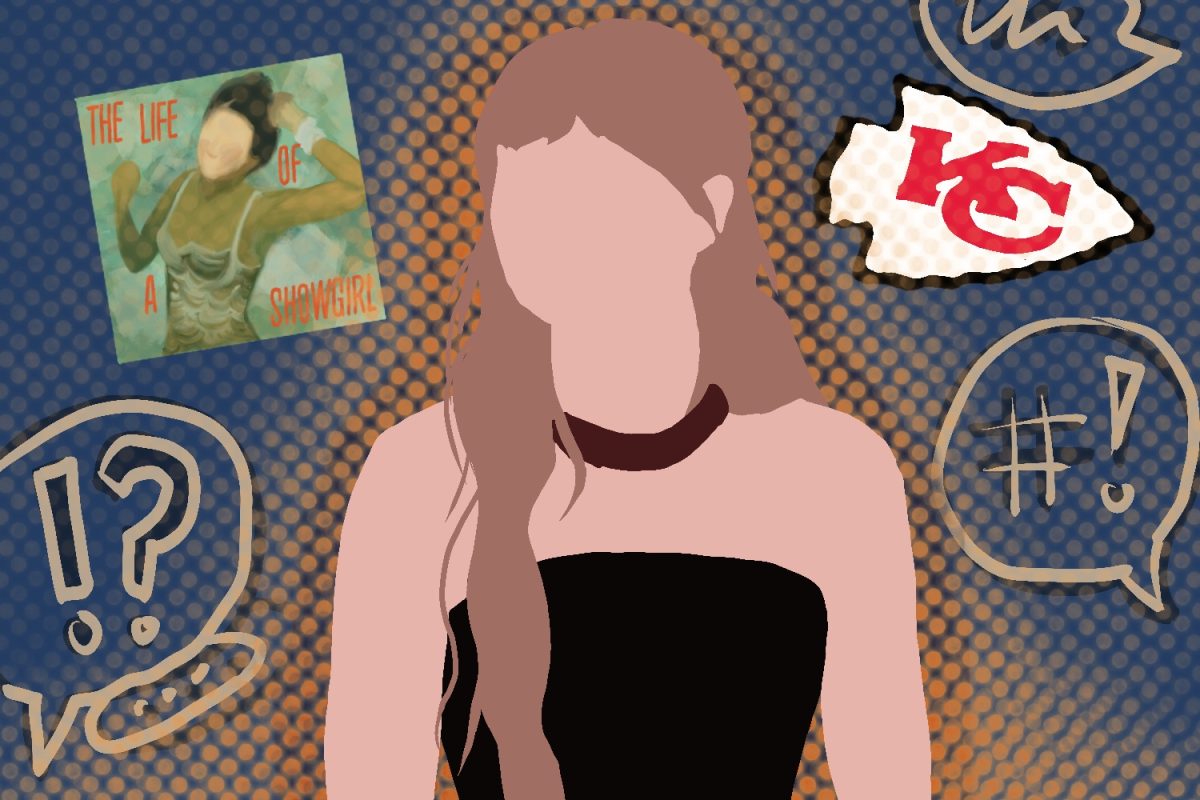
More than 11 percent of Boston University students say they have experienced nonconsensual sexual contact while attending BU, according to an Association of American Universities report.
BU was one of 33 universities to conduct the AAU Campus Climate Survey on Sexual Assault and Misconduct in Spring 2019. Among the respondents from all 33 universities, 13 percent said they had experienced nonconsensual sexual contact by physical force or inability to consent since enrolling at their school.
At BU, 11.8 percent of students have experienced nonconsensual sexual contact while attending the university, based on the 13.4 percent response rate to this survey. The data was weighted to account for non-responses to the survey, according to the executive summary of BU results.
Dean of Students Kenneth Elmore said this response rate provides an accurate enough picture for the university to draw conclusions based on the data.
“It may seem small for us, 13 percent, [but] there’s still a lot of people who weighed in as a part of that,” Elmore said. “I think it’s pretty important that we look at how we make adjustments, how we look at some of the issues that are raised as a part of it and how we move forward.”
The AAU defined nonconsensual sexual contact as sexual penetration or sexual touching as a result of physical force or the threat of physical force, being incapacitated, coercive threats of non-physical harm or promised rewards, or failure to obtain affirmative consent.
“Words such as ‘rape’ and ‘assault’ were specifically avoided so that respondents would use a set of uniform definitions when reporting on the types of events that were of interest,” according to the AAU’s 2015 campus climate survey.
Elmore said the university will use the survey results to inform their policies because, he said, even one incidence of sexual misconduct is too many.
“This is truly tragic,” Elmore said. “You don’t want anyone to experience this.”
The rate of nonconsensual sexual contact varied by group. Undergraduate women at BU had the highest rate, with 28.9 percent saying they had been what AAU defined as victims, compared to 9.3 percent of undergraduate men.
The second highest percentage group was students who listed their gender as a transgender man or woman, genderqueer, nonbinary, questioning or not listed (TGQN), with 22.6 percent of respondents from that group saying they have been victims of nonconsensual sexual contact.
These gender identities were grouped because individually these groups had too small of a sample size to yield “statistically stable results,” according to the report.
Nonconsensual sexual contact rates were lower among graduate and professional students. 10.4 percent of women and 3.7 percent of men in this group said they had been victims of nonconsensual sexual contact.
Out of all of the women who had been victims of nonconsensual sexual contact by physical force or inability to consent, 4.7 percent officially reported the incident. After two or more incidents, the number dropped to 2.9 percent.
46.1 percent of women who were victims made contact with a program or resource like Student Health Services or the Sexual Assault and Prevention Center to help recover.
Women who didn’t report their sexual assault to authorities said they thought they could handle it themselves (48.7 percent), they felt the incident wasn’t serious enough (45.4 percent) or they felt embarrassed, ashamed or that it would be too emotionally difficult (37.3 percent).
52.1 percent of BU respondents said they felt an investigation into a sexual assault would be fair, and 62.2 percent felt campus officials would take a report seriously.
Elmore said that BU looks at each sexual assault case on an individual level and backs them up with policy that they “follow to the T,” but they need to do better at communicating this committment to the students.
“I certainly would want more confidence that we will be fair,” Elmore said. “We clearly have to work a little harder at this.”
43.2 percent of BU respondents said they were ‘very’ or ‘extremely’ knowledgeable on BU’s definitions of sexual assault and other misconduct and 50.2 percent said they were ‘very’ or ‘extremely’ knowledgeable on where at BU to get help if they or their friend is a victim of sexual assault or misconduct.
The survey also looked at harassment, with 36.5 percent of respondents saying they’ve experienced some form of harassment while at BU. The highest group rate was TGQN students, with 41.6 percent saying they’ve been harassed as a BU student.
In 2015, BU conducted its own Climate Survey, which found that, out of the 22 percent of the student body that responded, 18 percent said they had been the victim of sexual assault while at BU.
Elmore said the results of BU’s 2015 survey can’t be directly compared to the results of the 2019 AAU survey because the methodologies varied.
“It’s hard to compare to that survey from 2015, it’s a very different survey … different set of conditions and circumstances,” Elmore said. “It’s really a bit of apples and oranges.”
For the 2019 AAU survey, the rate of sexual assault among the 181,752 students who participated nationally varied among groups. The rate was 25 percent for undergraduate women, 9.7 percent for graduate women, 6.8 percent for undergraduate men, 2.5 percent for graduate men, 22.8 percent for TGQN undergraduates and 14.5 percent for TGQN graduates.
The AAU conducted the same survey in 2015 and for the 21 schools that participated in both surveys, the rate among undergraduate women for nonconsensual sexual contact by physical force or inability to consent increased from 2015 to 2019 by 3 percentage points. The rate also increased for graduate and professional women by 2.4 percentage points and for undergraduate men by 1.4 percentage points.
Bisexual students had a victimization rate of 25.6 percent, the highest of any sexual orientation group. Students who selected more than one orientation category had a rate of 22.2 percent, those who identified as asexual, queer, questioning or not listed had a rate of 18.5 percent and gay or lesbian students had a rate of 15.1 percent. Heterosexual students had the lowest rate at 11.5 percent.
BU Provost Jean Morrison is hosting panel discussions on the survey findings on Wednesday at 3:30 p.m. in Kieffer Auditorium on the Medical Campus and at 5:30 p.m. in the George Sherman Union Auditorium on the Charles River Campus.

























































































































Desmond Molloy • Oct 15, 2019 at 1:02 pm
In my time at BU, university police slow-walked investigations, discouraged reporting of assaults, and outright lied/misled non-students about their rights to information after being assaulted by BU students, on campus. The idea that the university “doesn’t want anyone to experience this” is belied by their actions.